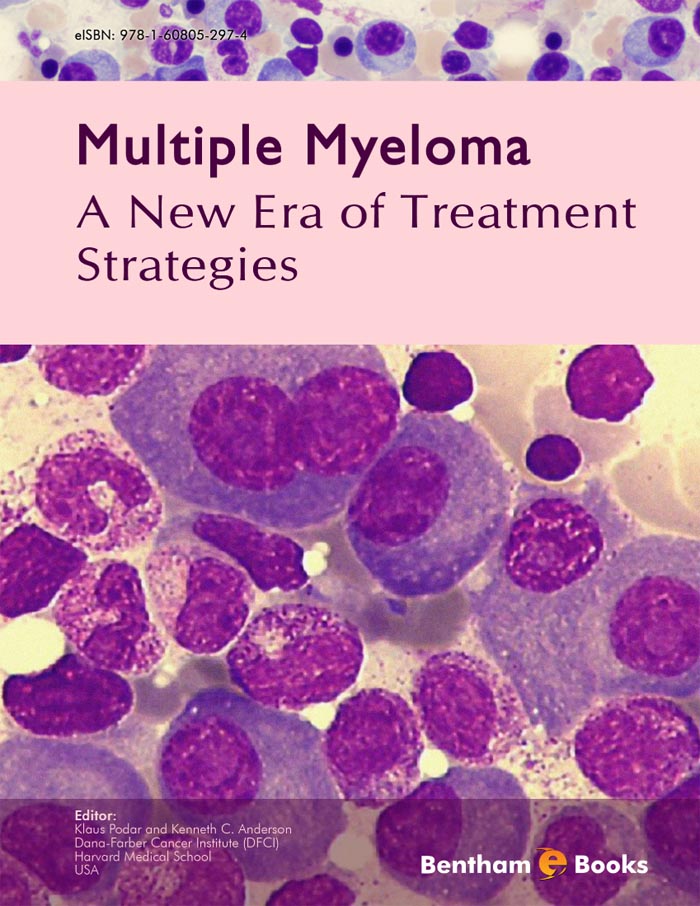Introduction
Multiple Myeloma (MM), the second most common blood cancer in adults, is a clonal plasma cell malignancy within the bone marrow characterized by osteolytic bone lesions, renal disease, and immunodeficiency. It is now well established that MM cell- induced disruption of the bone marrow homeostasis between the highly organized cellular and extracellular compartments supports MM cell proliferation, survival, migration, and drug resistance via activation of various signaling pathways. Based on this knowledge, the prototypic drugs thalidomide, bortezomib, and lenalidomide, which target both MM cells and the bone marrow microenvironment, have already fundamentally changed treatment options of this disease. Indeed, their benefit is now not only shown in relapsed and refractory disease but they also improve overall response, duration of response, and progression-free and overall survival when used as part of first-line regimens. However, despite new insights into MM pathogenesis and exciting derived therapeutic advances, MM still remains incurable. Ongoing studies are therefore aiming to further delineate mechanisms of MM pathogenesis within the bone marrow to identify novel agents with enhanced cytotoxicity and decreased drug resistance to improve patient outcome.
Multiple Myeloma - A New Era of Treatment Strategies is devoted to contributions from eminent scientists providing readers with comprehensive accounts of the most recent developments in the field of MM research. It addresses the interests of scientists and clinical investigators in MM research as well as other fields of oncology, in which the microenvironment is believed to play an important role.

